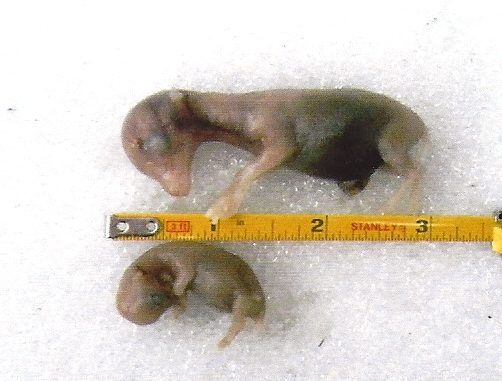
I am always looking for sign when I am hunting — what plants deer are browsing on, where acorns are falling, are the rubs fresh, what direction is the deer coming from when it makes the rubs, are the scraps fresh, are they being worked regularly?
And when I kill a deer I am always collecting data. How old the deer is, what does it weigh, what is in its stomach, are there any unusual problems (ticks, old wounds, unusual organ growths), is the doe pregnant, has she ovulated?
On and on.
Knowing what deer are eating will often enlighten you as to where you should be hunting. Sure, it is a little gross dumping stomach contents in a bucket and washing through them, but it just might pay off.
If a doe has not ovulated, that tells you the rut is yet to come; if she has, it tells you the rut is on and you better be hunting.
One doe from the Bossier Parish collection was pregnant with twins, but one fetus was larger than the other. More than likely the doe ovulated from one ovary, was bred and became pregnant, and a week or so later ovulated again from the other ovary, was bred and became the mother of twins. One doe pregnant from two different bucks — this is not unusual in the world of deer.


